These days, most people are aware cilantro is an oddly controversial herb. Those who enjoy its flavor absolutely love it, yet there’s a huge chunk of the population that just can’t stand it despite enjoying other herbs. If you’re in the latter group, you might want to skip this article. However, if you love cilantro and would love to start growing it for yourself, let’s walk through the steps you’ll have to take.
Choosing the Right Spot
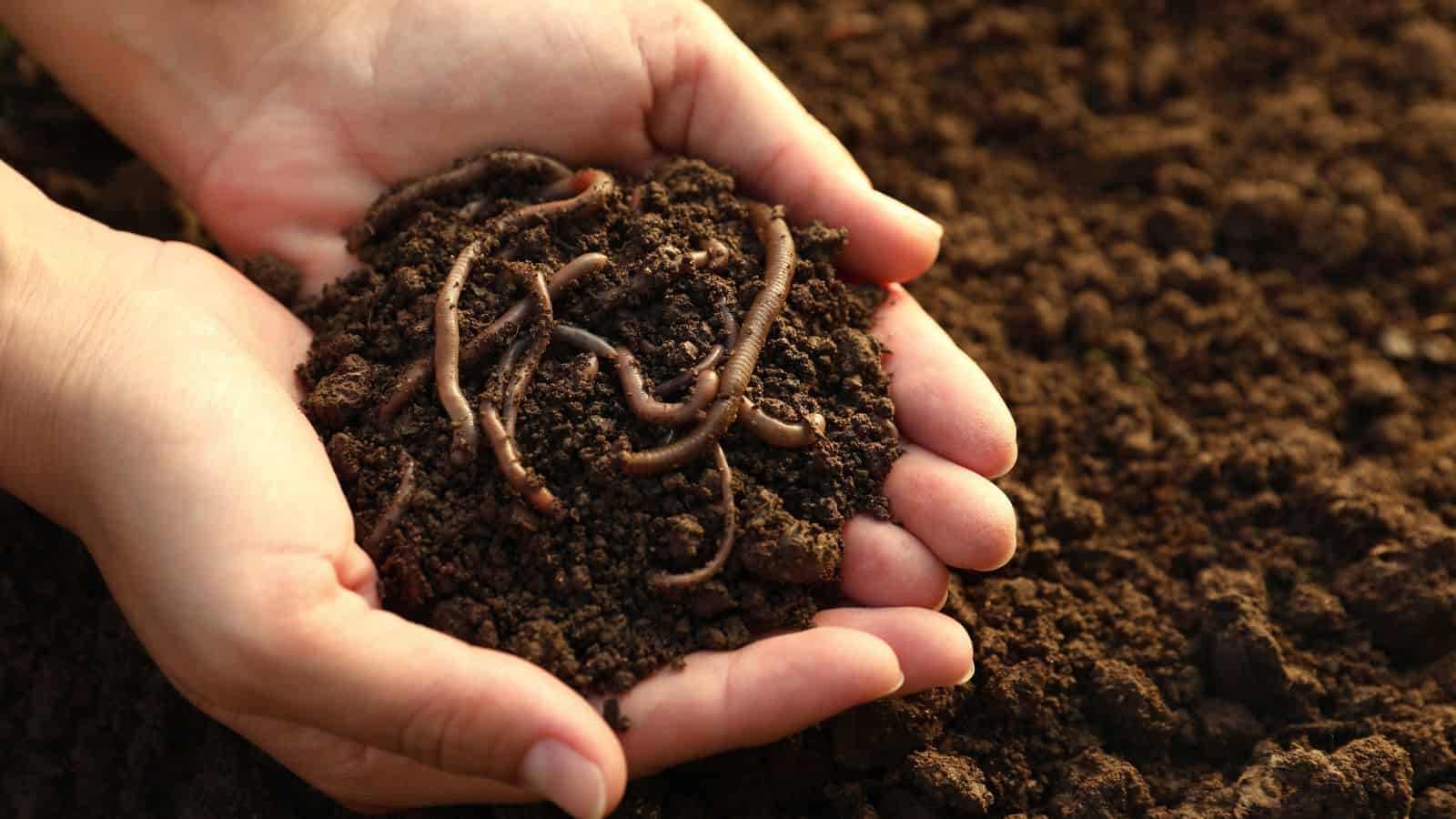
As with many herbs, cilantro tends to prefer a sunny spot, but this isn’t always the case in hot climates, where it will benefit more from some afternoon shade. This is because it grows best when it’s not exposed to too much heat, with the key being to find a balance between sunlight and cooler conditions, as cilantro can bolt if it gets too warm. Ideally, aim for a spot that gets at least four to six hours of sunlight daily.
Preparing the Soil
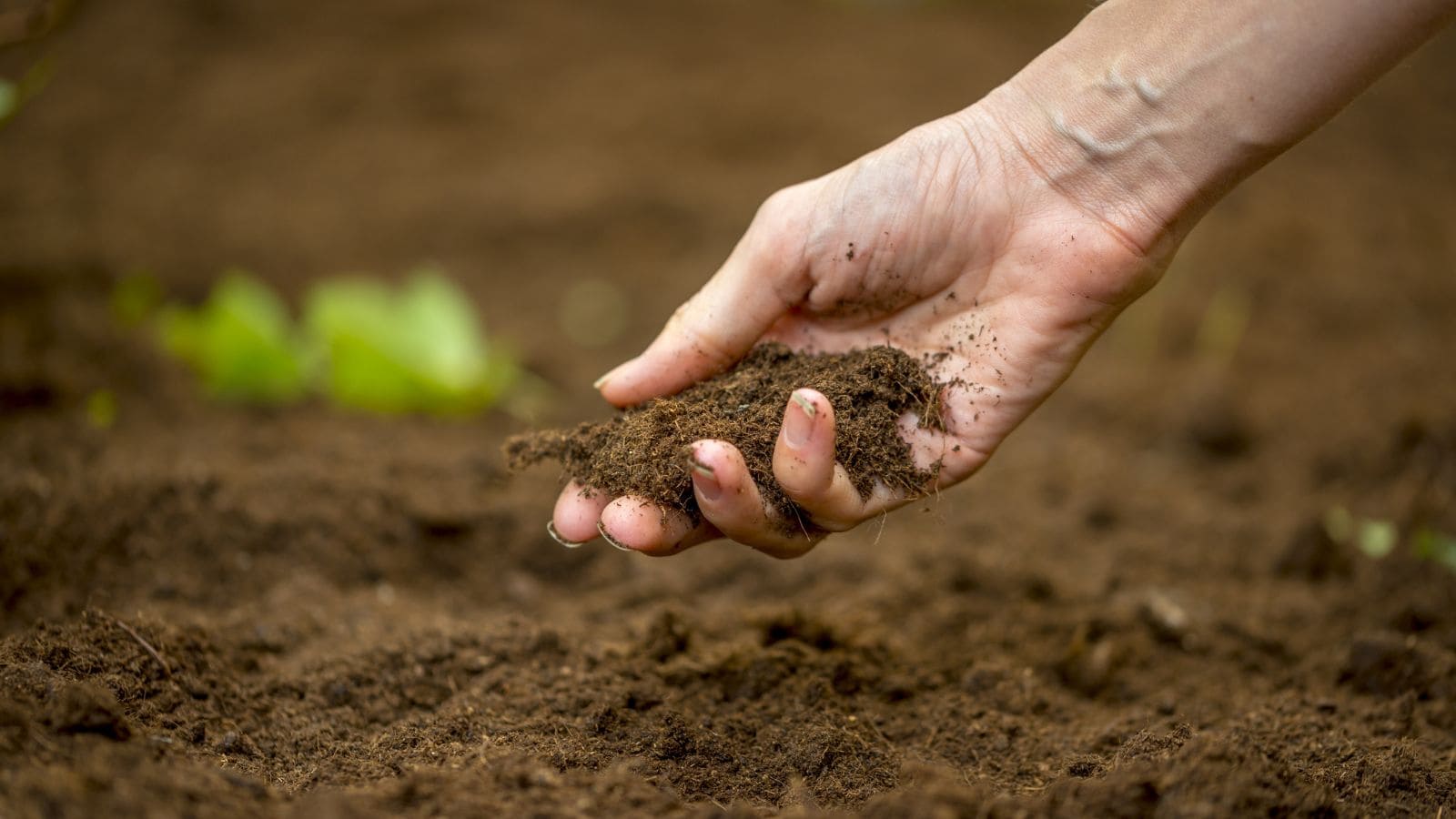
When it comes to potting your cilantro, you’ll need to remember that it thrives in loose, well-draining soil that is rich in organic matter. To accommodate this, before planting, it helps to mix in some compost or well-rotted manure, giving the herb the nutrients it needs to establish strong roots. Aim for soil that is slightly acidic to neutral, with a pH between 6.2 and 6.8.
Planting Seeds Directly
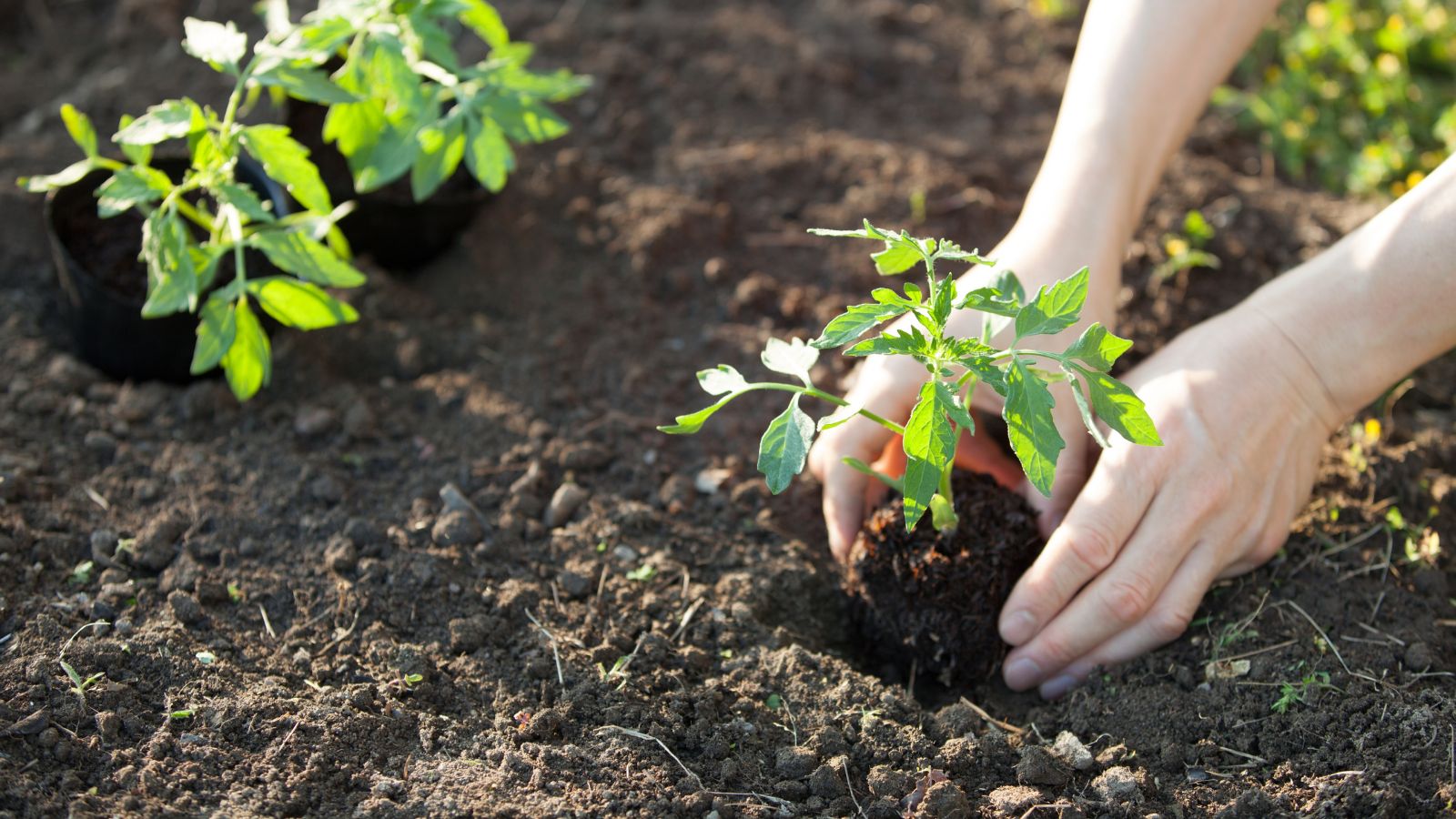
It’s best to plant cilantro seeds directly where they’ll grow, as the herb doesn’t transplant well. Sow the seeds about a quarter of an inch deep, spacing them out around two inches apart. Then, start watering the seeds lightly after planting to help them settle into the soil, and you’ll soon be good to go. Just don’t try to repot them, because it’s probably not going to end well.
Watering Needs
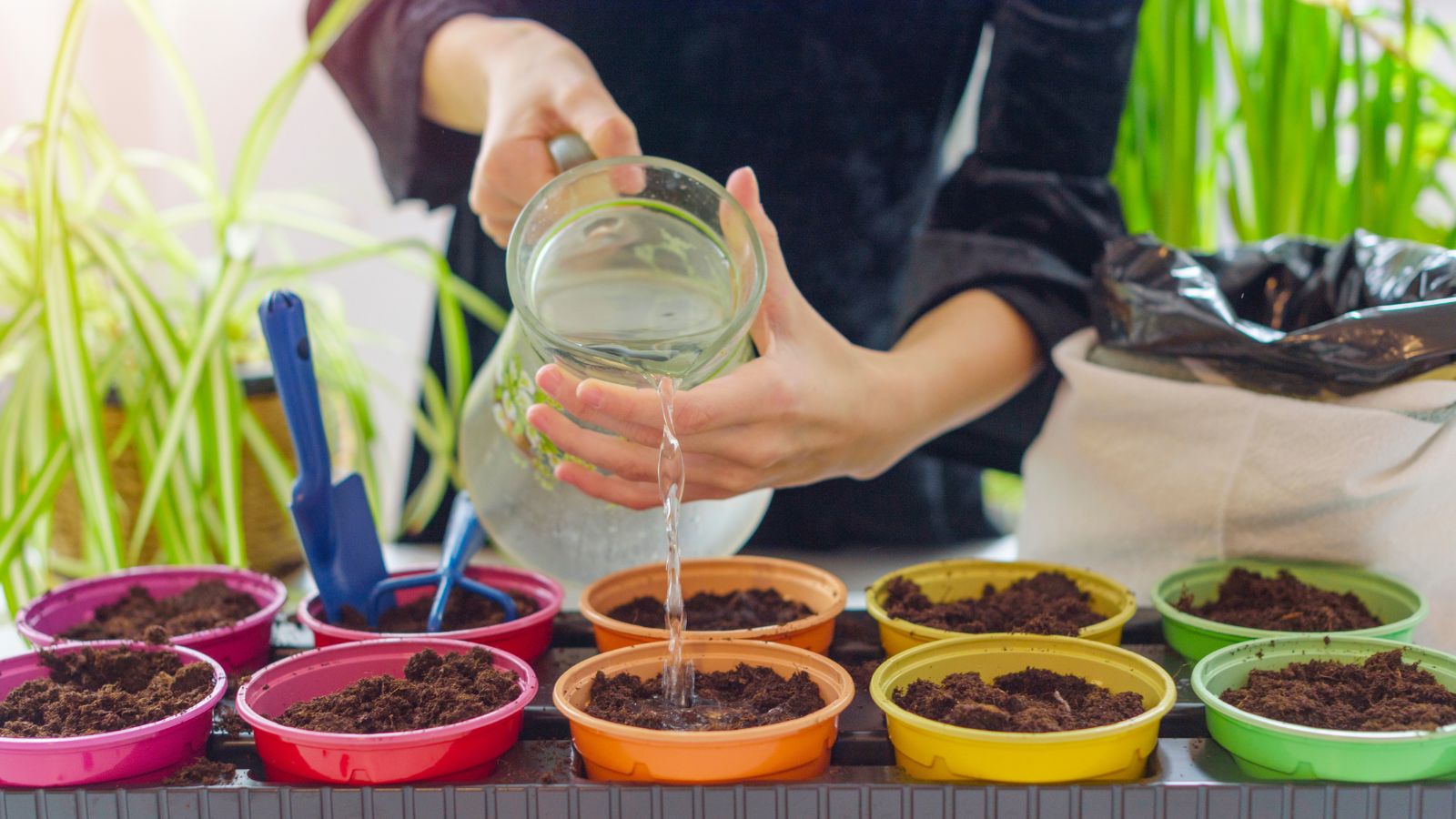
As we mentioned earlier, cilantro likes consistently moist soil, but annoyingly, it doesn’t do well in waterlogged conditions. A good rule of thumb is to water when the top inch of soil feels dry; sure, that’s going to feel neglectful, but you really do need to be careful not to overwater it, as cilantro’s delicate roots are prone to rot if they sit in standing water for too long.
Managing Temperature
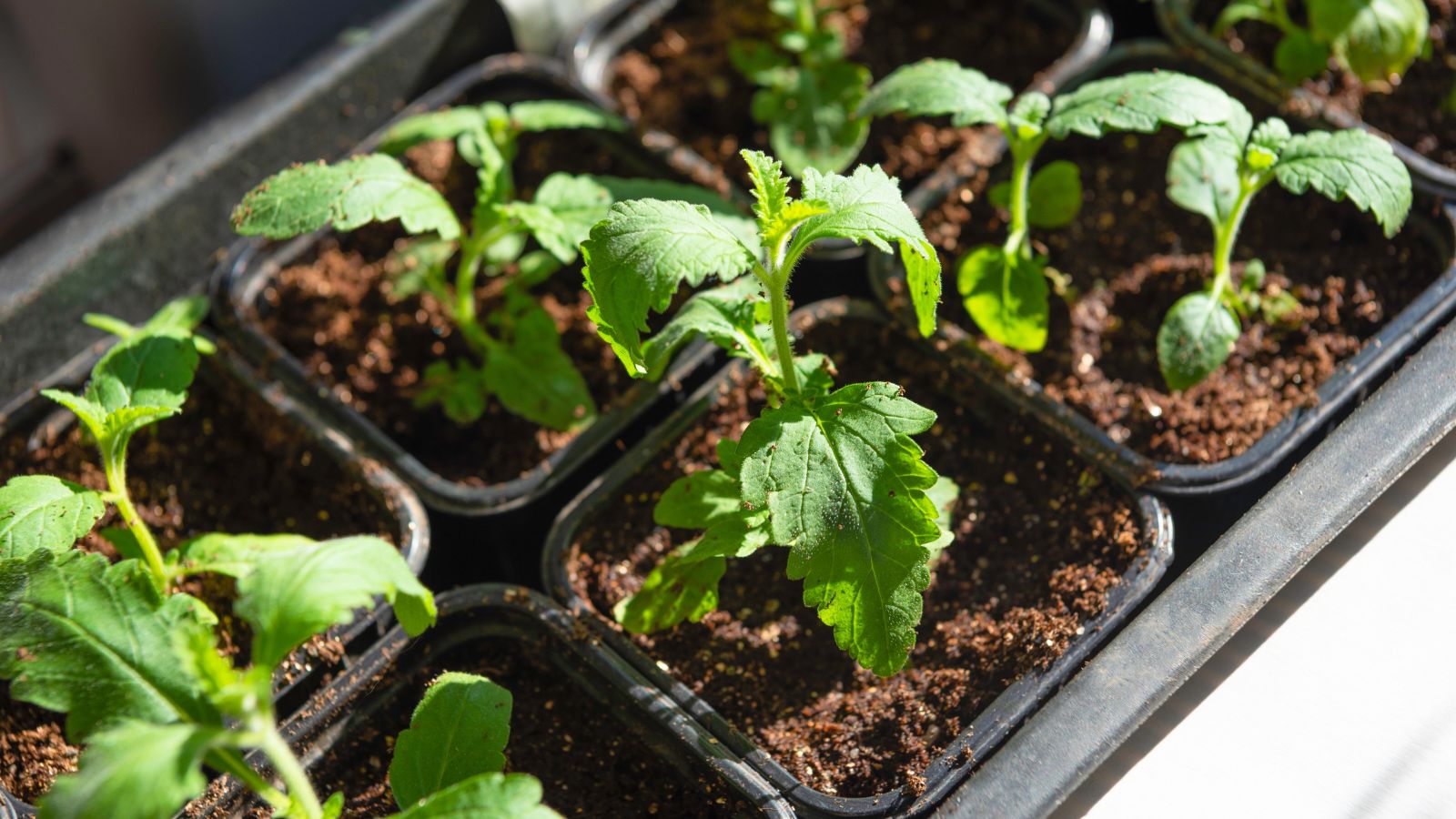
Cilantro is a cool-season herb, and as was laid out earlier, it tends to bolt when temperatures rise above 75°F. Therefore, if you’re growing it in a warm climate, consider planting it in the early spring or fall. Mulching around the plants can help keep the soil cool and prolong the growing season. Once the temperature climbs, though, cilantro may flower and set seeds, which signals the end of its life cycle.
Thinning Seedlings

Once your cilantro seedlings reach a few inches in height, it’s time to thin them. Aim for about six to eight inches of space between each plant; this process is crucial to ensure the plants have enough room to grow and receive adequate airflow. Crowded plants are more prone to disease and won’t produce as many leaves, so this step is more important than you may realize.
Mulching Around Plants
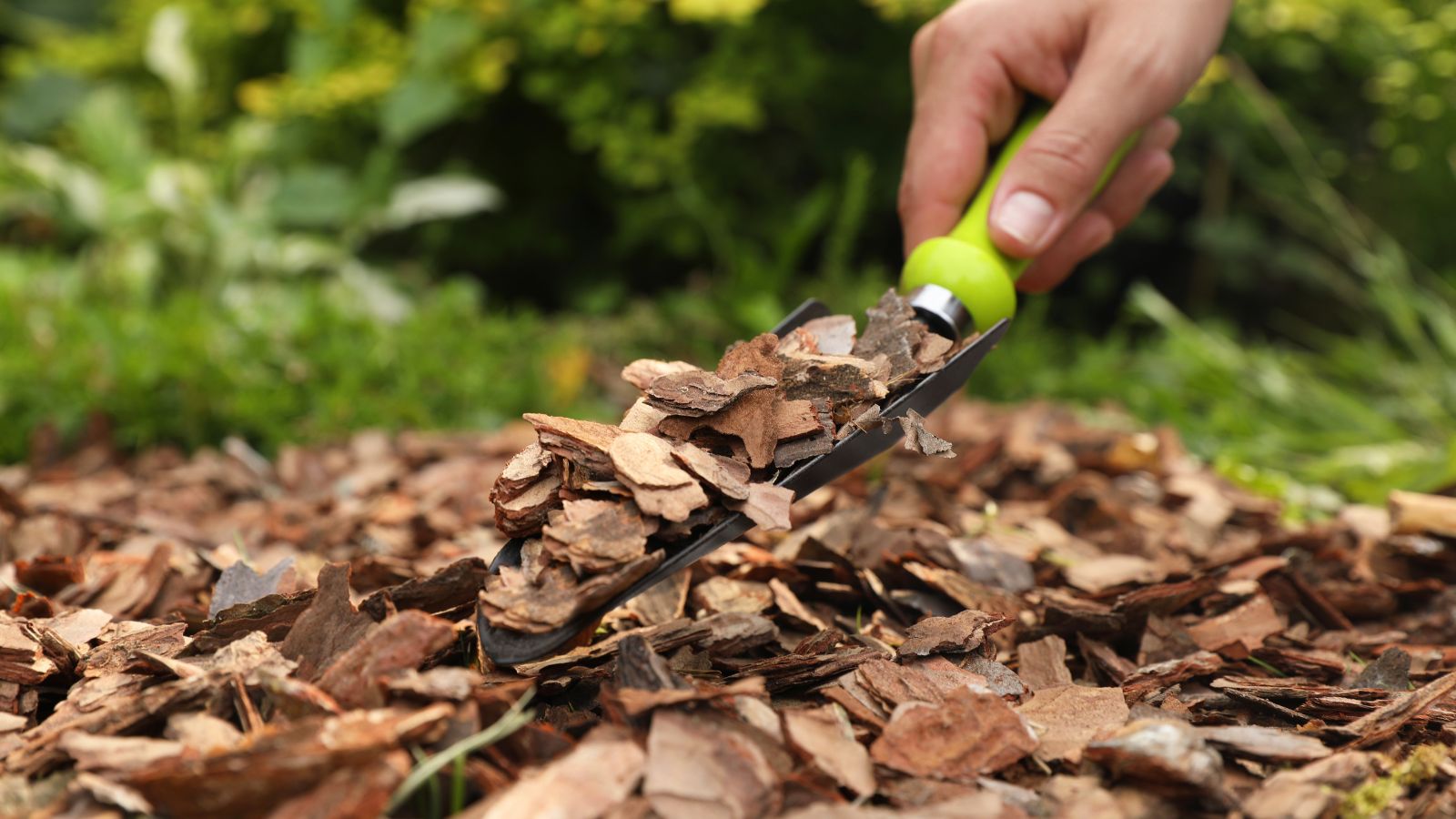
To expand on our previous point on mulching, it’s a simple way to keep your cilantro plants healthy and happy. Basically, it helps regulate soil temperature, keeps weeds down, and retains moisture, so it’s universally helpful. Organic mulches like straw or shredded leaves work well, breaking down over time to enrich the soil. Be sure to keep mulch away from the base of the plants, though, because otherwise, you’ll soon be dealing with rotting.
Fertilizing Cilantro
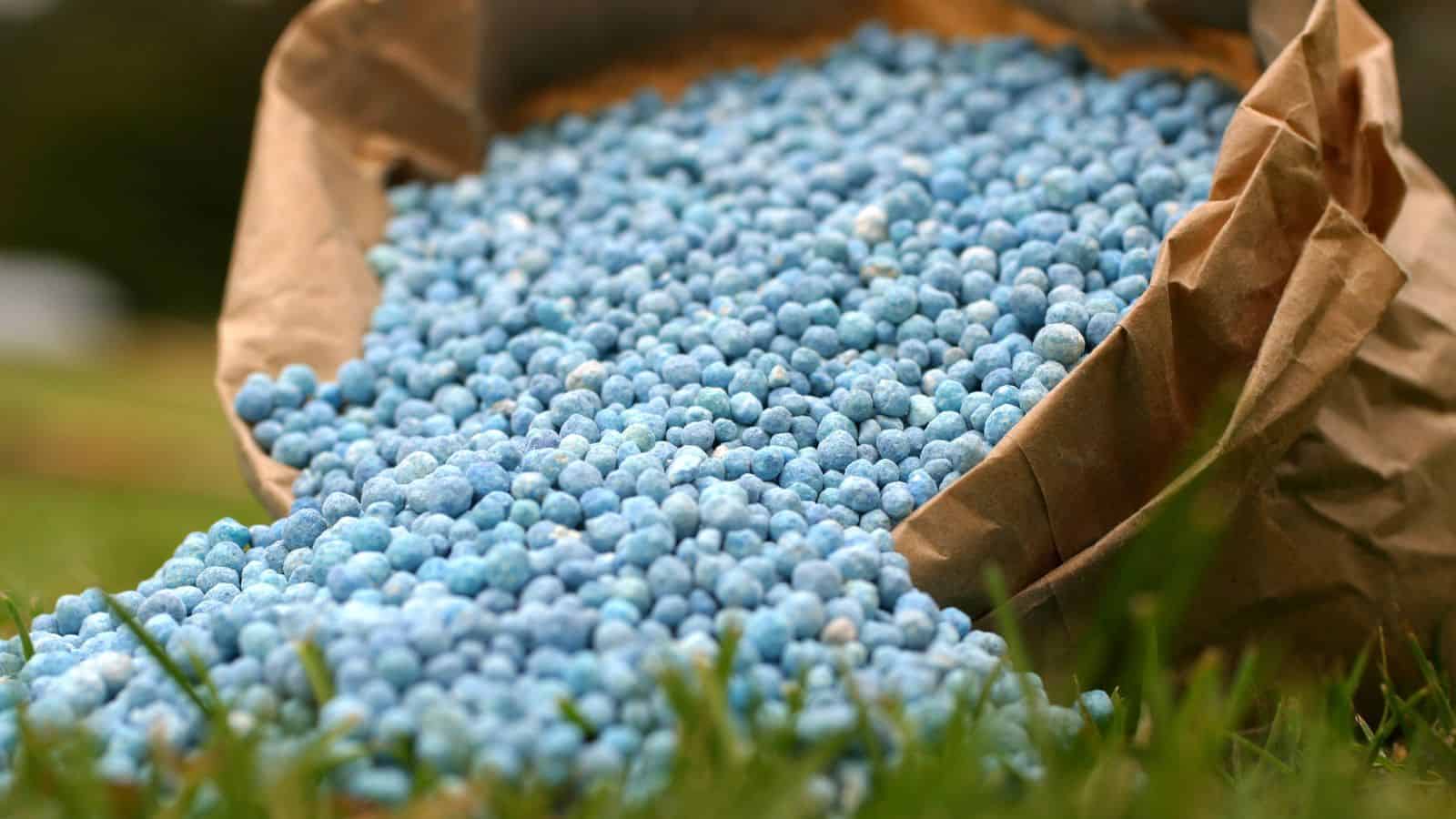
No matter how much you might think it’s necessary, cilantro does not need much fertilizer. Yes, the occasional feeding can boost growth, especially if your soil is lacking in nutrients, but in this case, simply use a balanced, slow-release fertilizer or opt for a liquid seaweed feed. Over-fertilizing will only encourage the plant to bolt early, so it’s best to be sparing.
Managing Pests
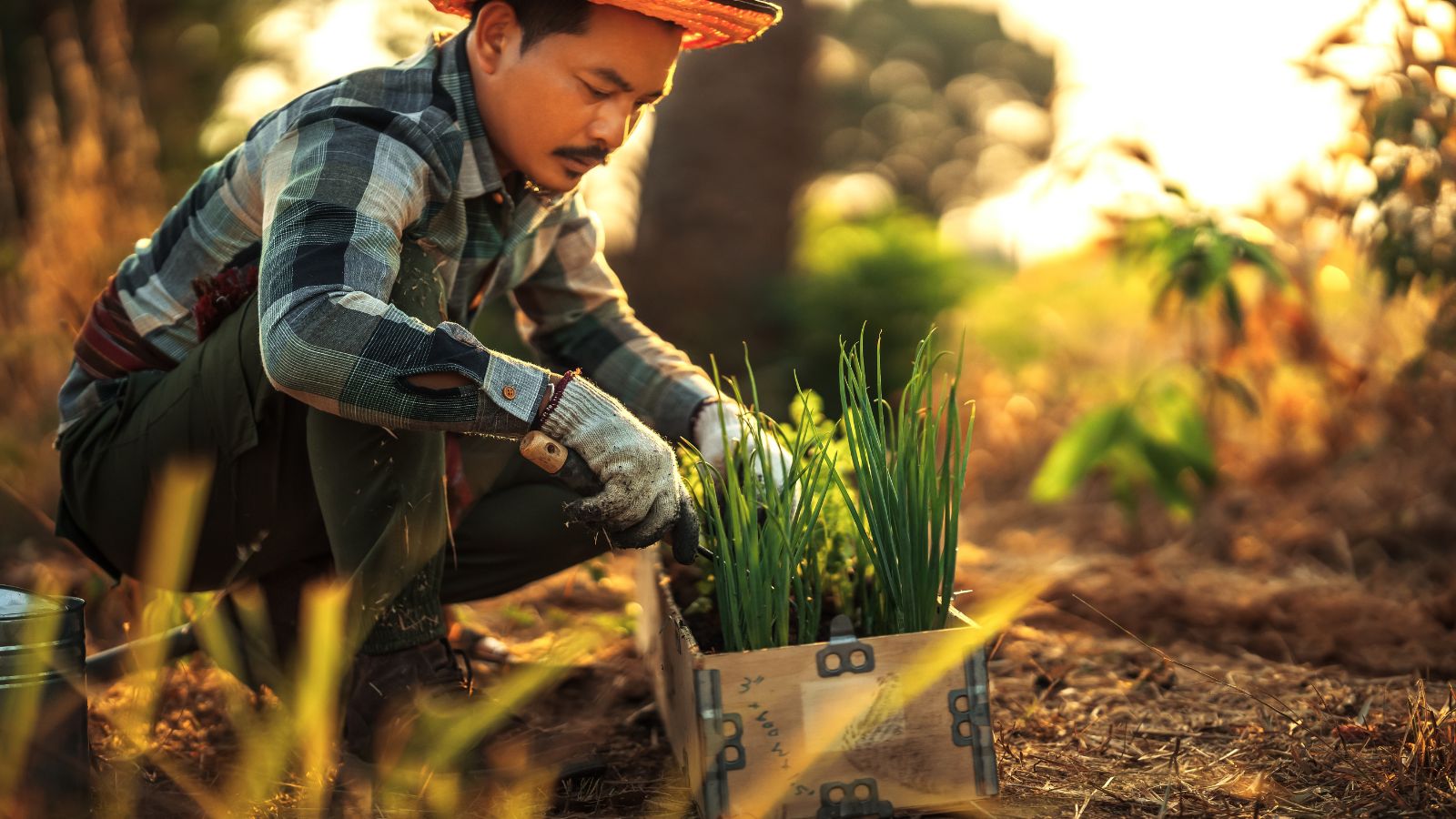
While cilantro is relatively pest-resistant, it can still attract aphids and spider mites, especially in dry weather. Thankfully, you can manage this by keeping the plants well-watered and mulched. Furthermore, if you spot aphids, try spraying them off with water or applying a mild insecticidal soap. You could even try companion planting, planting your cilantro next to basil or dill to help deter unwanted insects.
Harvesting Cilantro Leaves

Once your cilantro plants are about six inches tall, don’t forget to start harvesting their leaves. Snip the outer leaves first, allowing the inner ones to continue growing, encouraging new growth while reaping the benefits of your plant’s hard work. Be careful not to overharvest, though, as the plant needs some foliage to keep producing.
Bolting Prevention
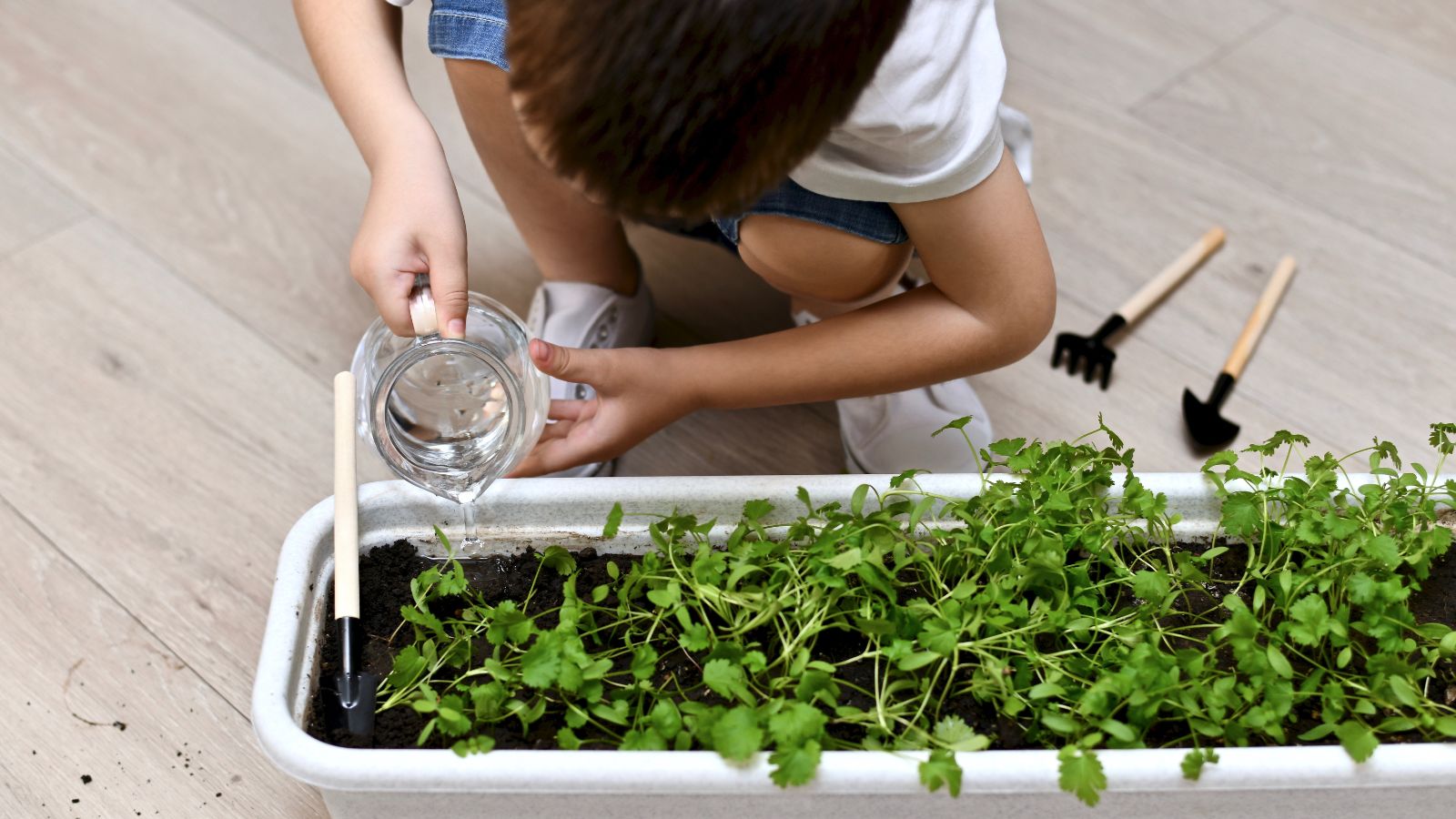
Bolting, or the process of the plant going to seed, is inevitable for cilantro, but you can take steps to delay it. For example, keep the plants well-watered and cool, as we previously explained, and if you see flower buds forming, pinch them off immediately to encourage more leaf production. Finally, growing cilantro in partial shade during the warmer months also helps slow down bolting.
Growing in Containers
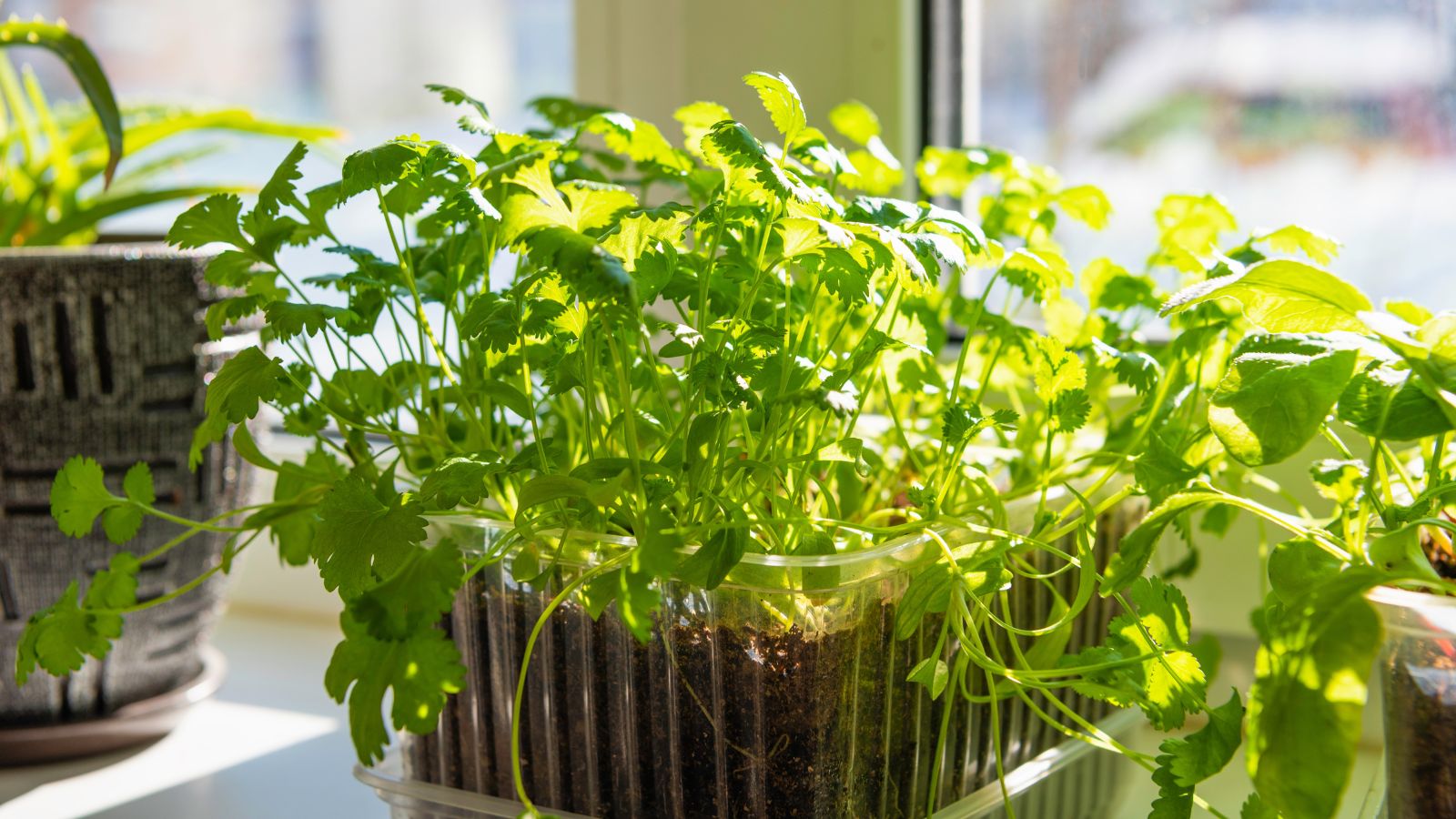
This might surprise you, but cilantro actually grows very well in containers, especially if you’re short on garden space. Just choose a pot that’s at least eight inches deep to accommodate the plant’s taproot, making sure that the container has good drainage holes. As long as you can meet these needs and use a high-quality potting mix, your cilantro containers will likely do pretty darn well.
Successive Planting
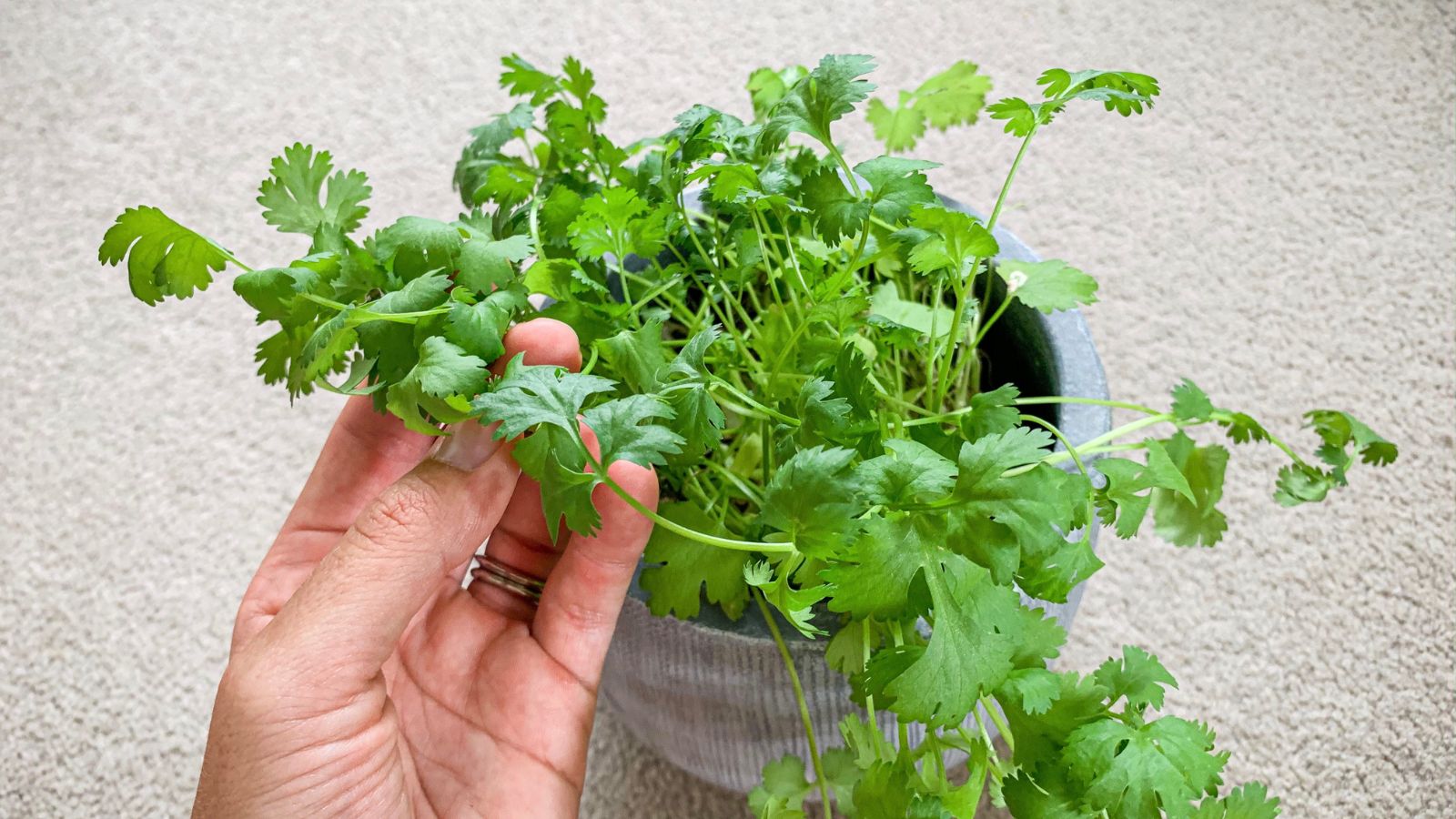
Due to cilantro’s relatively short growing cycle, it’s smart thinking to plant seeds every few weeks. This way, you’ll have a steady supply of fresh leaves throughout the growing season. By staggering your planting times, you can enjoy cilantro well into late summer or early fall without running out of herbs.
Companion Planting
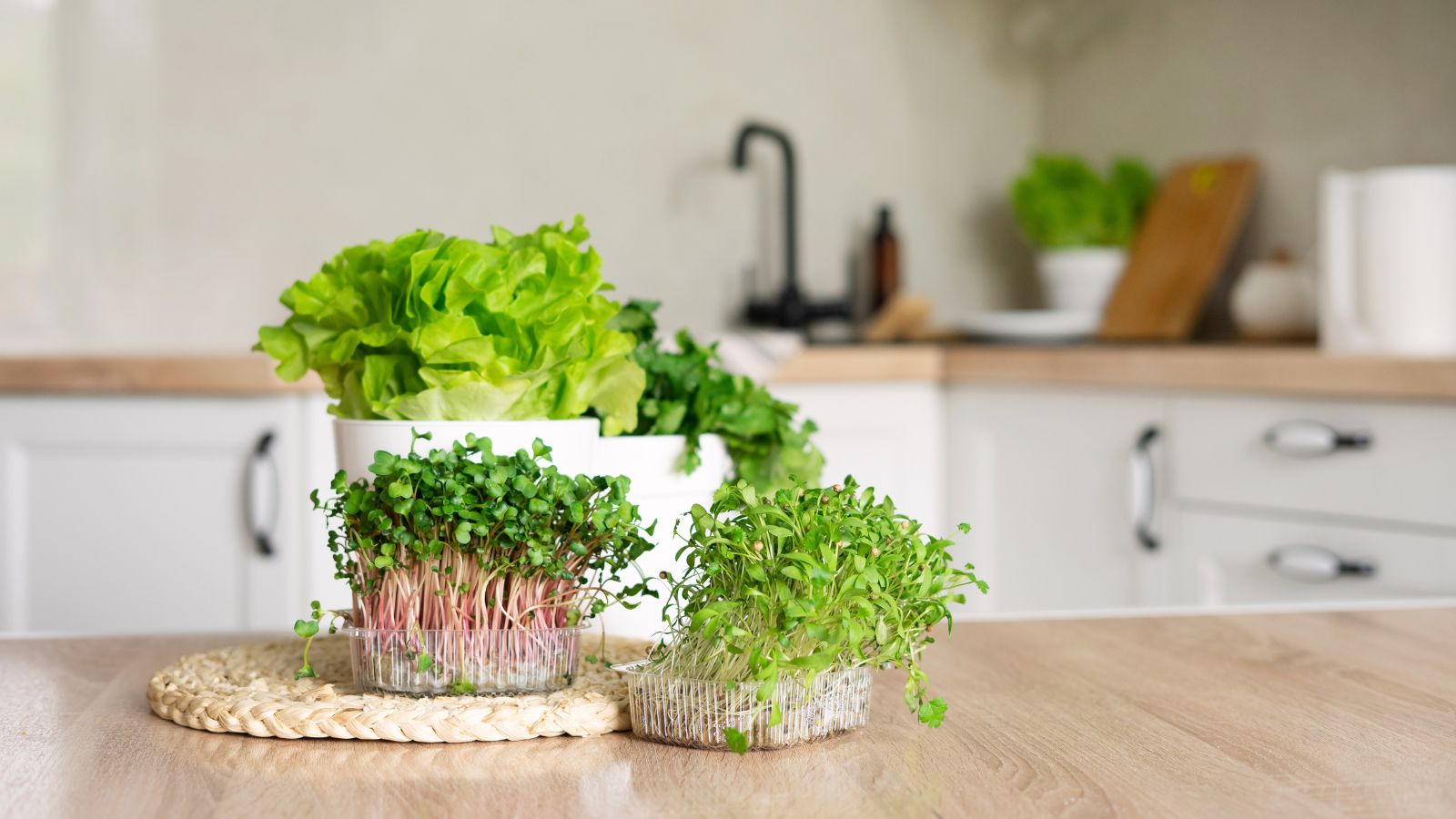
Earlier, we mentioned planting dill or basil next to cilantro helps to maintain pests, but this can work both ways. In fact, cilantro is an excellent companion plant, attracting beneficial insects like ladybugs and lacewings, which prey on pests. So, consider planting it near crops like tomatoes, spinach, and lettuce to boost their growth while keeping pests at bay. Don’t plan cilantro near fennel, though, as the two herbs don’t get along well and can stunt each other’s growth.
Saving Seeds
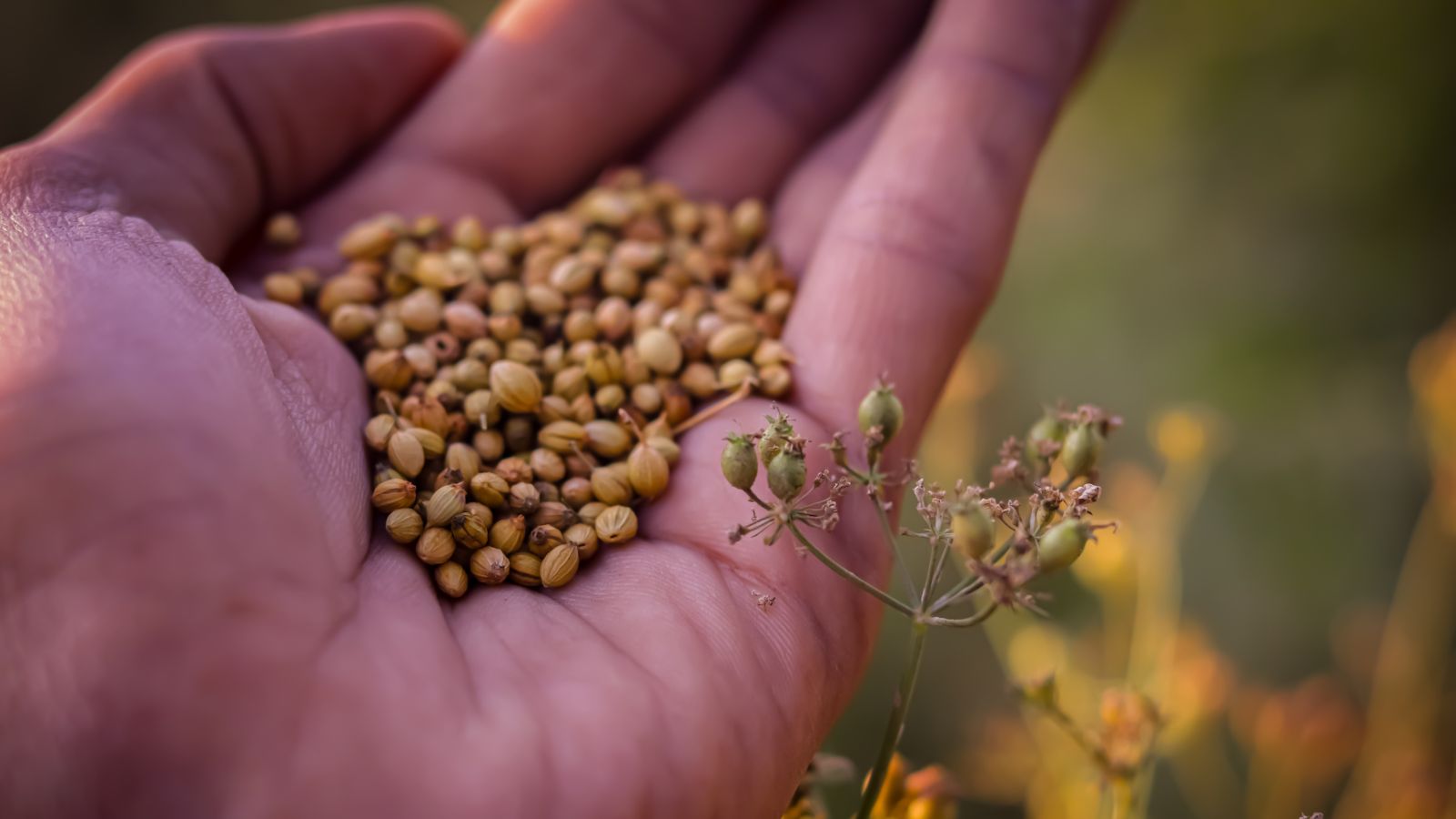
Once your cilantro bolts, don’t worry—this gives you the opportunity to collect seeds for future planting. Let the flowers dry on the plant, and then harvest the seeds, known as coriander. Store them in a cool, dry place, and use them for cooking or replanting, and you’ll no doubt find cilantro to be the herb that keeps on giving.
Growing Indoors
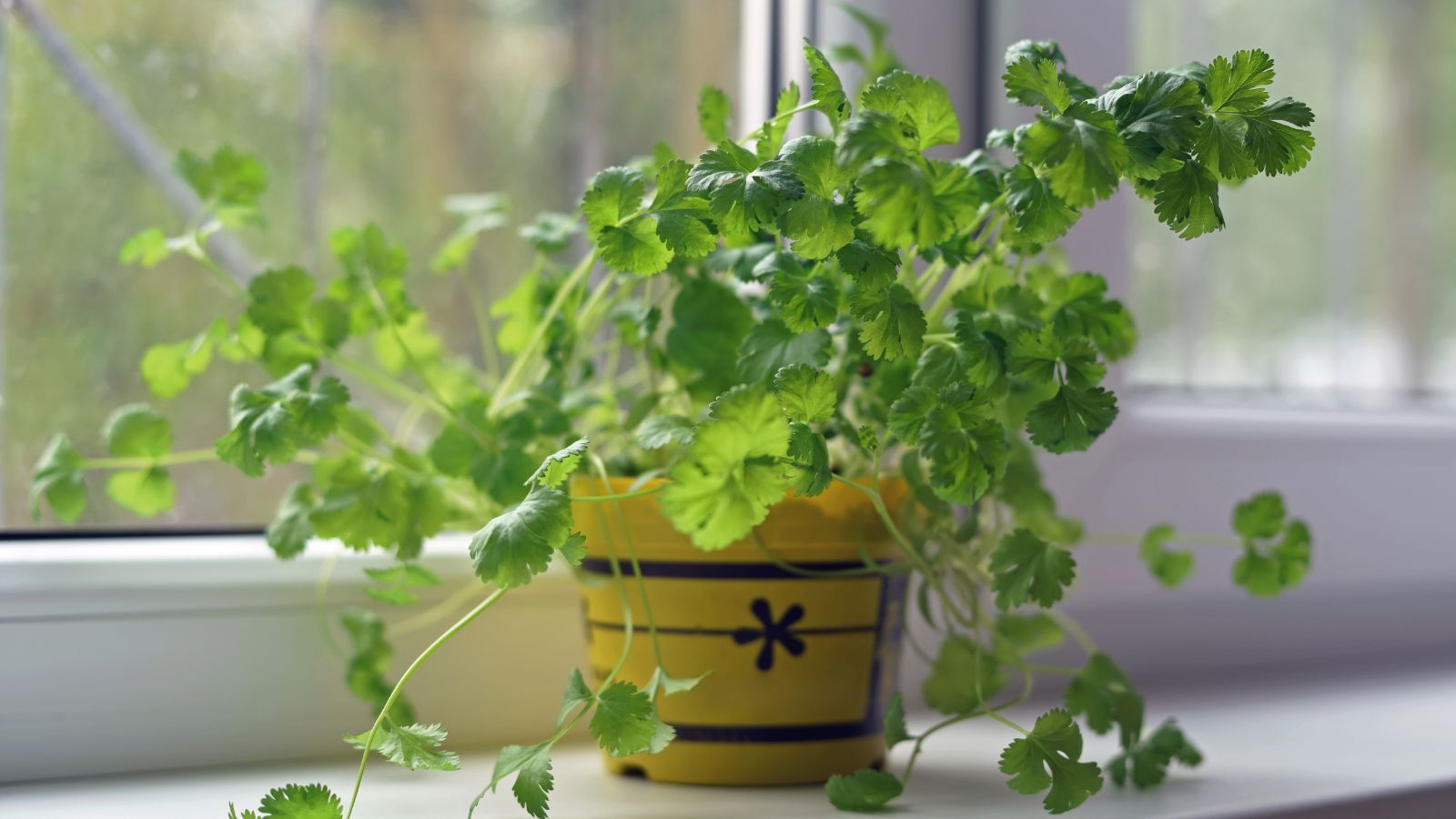
If outdoor space is limited or the weather is too hot, there’s nothing wrong with growing cilantro indoors. It’s actually a great alternative; just place your pot in a bright window that gets plenty of sunlight (within reason) and rotate it occasionally so the plant grows evenly. Indoor cilantro still needs good drainage and regular watering, but it can be a year-round herb with proper care.
Using Cilantro in Cooking
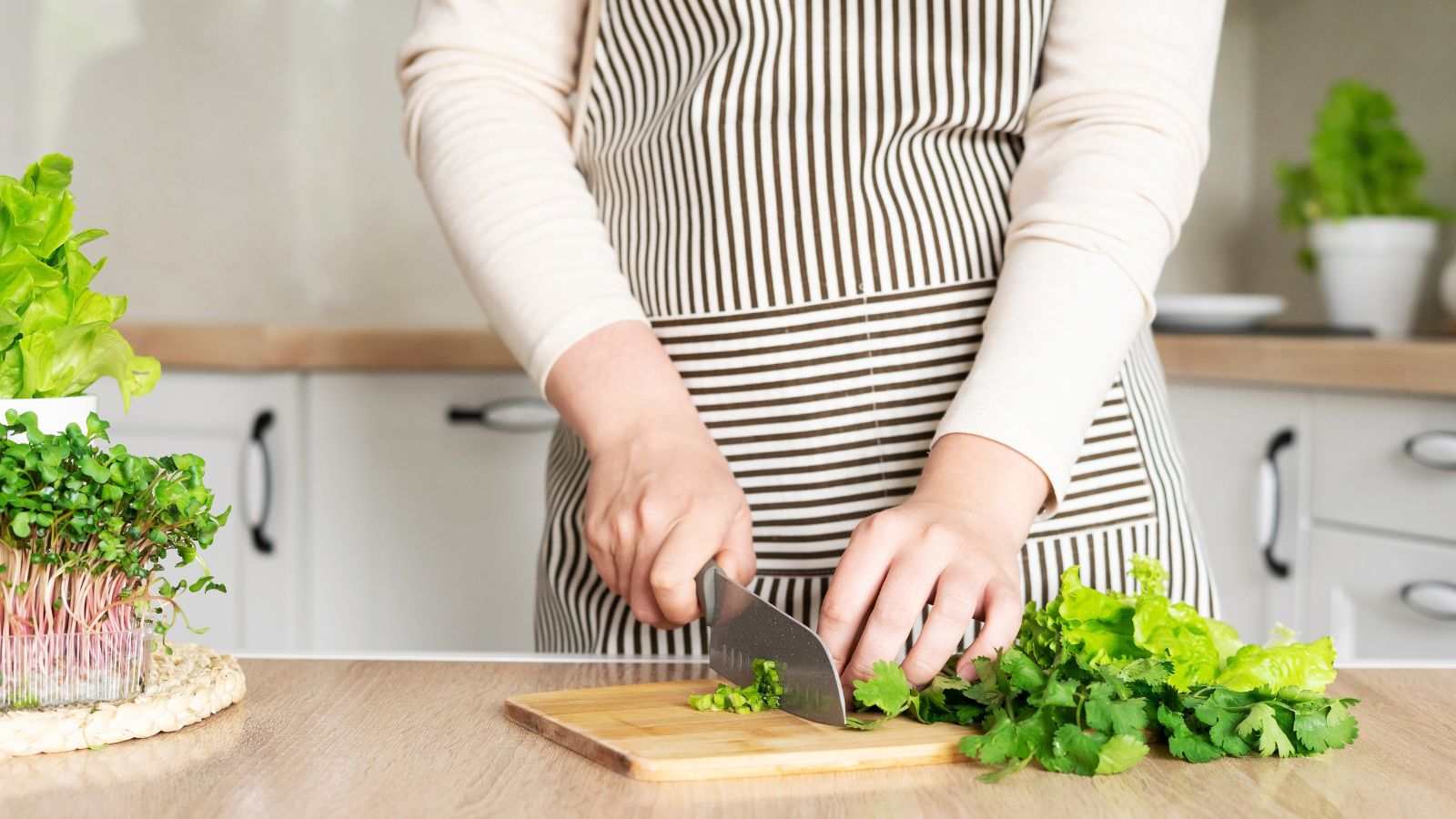
So, you’ve followed all of these steps and now have your first batch of fresh cilantro–congratulations! It’s now time to enjoy the fruits of your labor, so start adding it to your recipes. Cilantro truly is a versatile herb that adds a burst of flavor to many dishes, especially when it’s fresh. It works with so many dishes, too, including salsas, curries, salads, and garnishes. Get creative, but remember: not everyone is going to be a fan of this addition.
